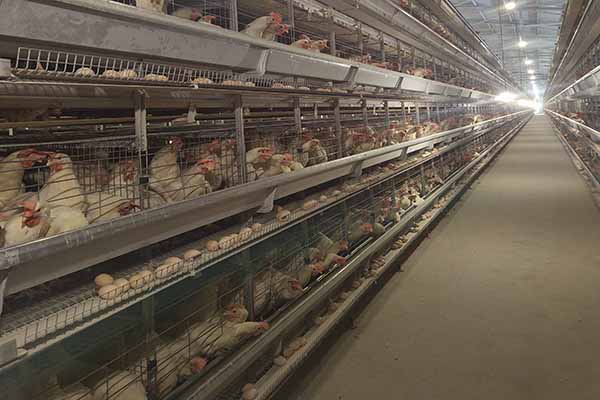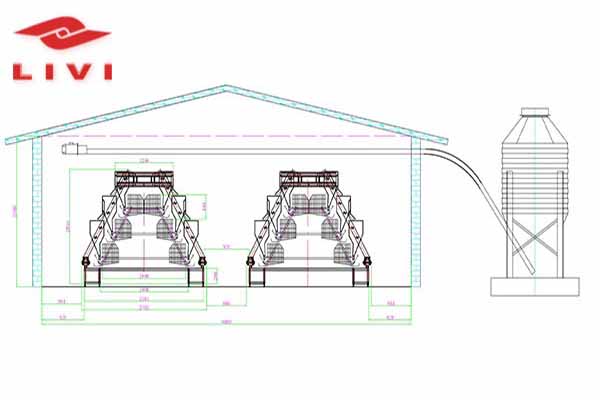Tanzanian Farmers Talk About Their Experience with Automated Equipment
Time : 2025-04-23
When it comes to farming in Tanzania, the use of automated equipment is changing the landscape, literally and figuratively. Farmers across the country are beginning to see the benefits of modernizing their operations with advanced technology. In this article, we’ll dive into the insights of some Tanzanian farmers who’ve experienced firsthand the impact of automated equipment on their livelihoods.
—
In the lush valleys of Tanzania, where the soil is rich and the skies are bright, a quiet revolution is taking place. It’s a revolution where manual labor meets precision machinery, and traditional methods of farming are evolving to meet the demands of the modern era. We sat down with several Tanzanian farmers to discuss their experiences with automated equipment.

The Shift Towards Automation
Farming has been a cornerstone of Tanzanian culture for generations. However, as the world becomes more technologically advanced, many farmers are realizing that their traditional practices might need a little tweak to keep up. This is where automated equipment comes into play. “When I first heard about tractors and harvesters, I was skeptical,” confessed Amina, a potato farmer from Arusha. “But once I saw the efficiency of these machines, I was sold.”
Automation is not just about making the work easier; it’s about increasing yield and reducing waste. “With my old plow, it took me two weeks to prepare my fields for planting. Now, it takes me just one day,” says James, a tobacco farmer in Morogoro. “That’s extra time I can spend with my family or planning my next crop.”
The Challenges
Despite the clear advantages, the transition to automated equipment hasn’t been without its challenges. “The biggest issue has been the cost,” says Grace, a tea farmer from Kilimanjaro. “Purchasing these machines is expensive, and finding financing was a real struggle.” Many farmers also expressed concerns about the skill set required to operate such sophisticated equipment.
“You can’t just buy a tractor and expect to use it effectively,” says John, a wheat farmer in Mbeya. “There’s a steep learning curve, and that means training, which not everyone can afford.”
The Solutions
Recognizing the need for training, the government of Tanzania has partnered with local and international organizations to provide farmer education programs. “The training has been incredibly beneficial,” Amina said. “Not only have we learned how to operate the machinery, but we’ve also gained knowledge on maintenance and safety.”
In addition, the government has been working on financial solutions to make automated equipment more accessible. “There are now more financing options available for smallholder farmers,” explains Grace. “These initiatives are a huge step in the right direction.”
The Benefits
For those who have managed to overcome the initial hurdles, the benefits of automated equipment are undeniable. “Our yields have gone up significantly since we started using these machines,” says James. “And with better yields comes a higher income, which means I can reinvest in my farm and improve my quality of life.”
Furthermore, automated equipment can lead to reduced environmental impact. “Our soil is healthier now,” says John. “The precision of these machines ensures that we’re using fewer chemicals and less water, which is crucial for sustainable agriculture.”
The Future of Farming
As the landscape of agriculture in Tanzania continues to evolve, many farmers are optimistic about the future. “We can’t stop the advance of technology, and why would we?” asks Grace. “As long as we adapt and find solutions to the challenges, there’s no limit to what we can achieve.”
For young farmers in particular, the opportunities are immense. “I want my children to see that farming is a profitable career that requires skills, not just muscle,” says Amina. “And automated equipment is the way to make that happen.”
the way to make that happen.”
—
, , , ,











